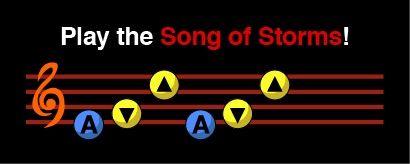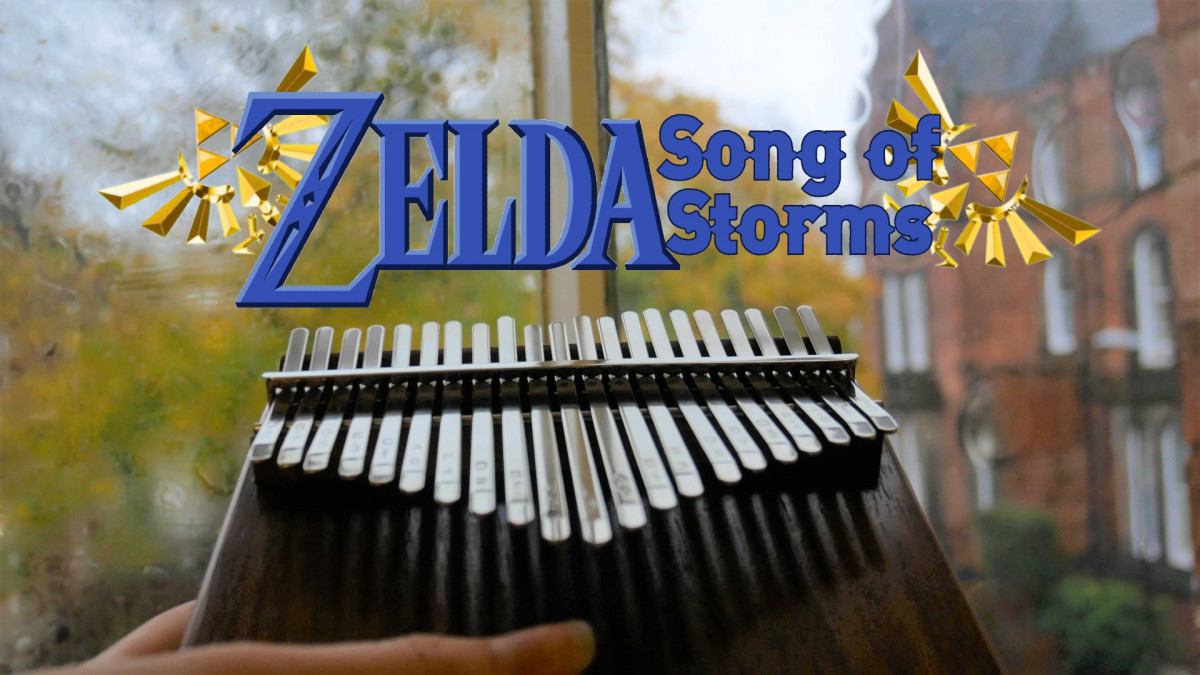


There are parts of the game that have meaningful consequences, and parts that are fluff. In that case, the fire is fluff it has no meaningful effect on gameplay.Īnd it doesn’t matter if you’re designing a roleplaying game (RPG), a first-person shooter (FPS) or an action adventure game. However, in another game, the exact same concept, a flaming arrow, might trigger an amazing VFX of burning grass, but otherwise act just like a normal arrow. What can be considered a mechanic in one game and is fluff in another, and the key identifier is whether it creates consequences.įor example: If you fire a flaming arrow in one game, and it burns away a patch of vines revealing a path, it’s a mechanic it can meaningfully affect the game world. Video game mechanics are how players and rest of the fundamental interlocking pieces of a game including rules, challenges, goals, actions, strategies, game states interact with each other in a meaningful way.

How to Get the Most from Game Mechanics.Goals and Gameplay in Different Game Genres.


 0 kommentar(er)
0 kommentar(er)
